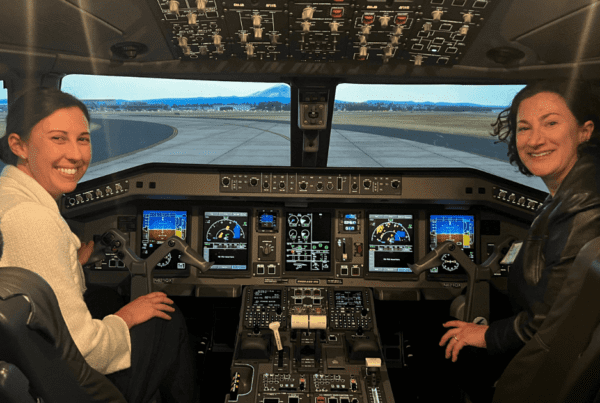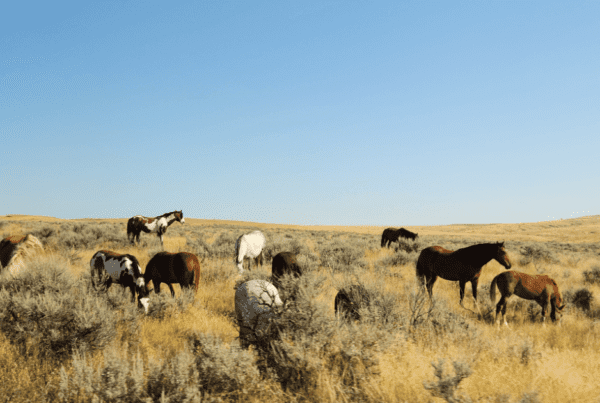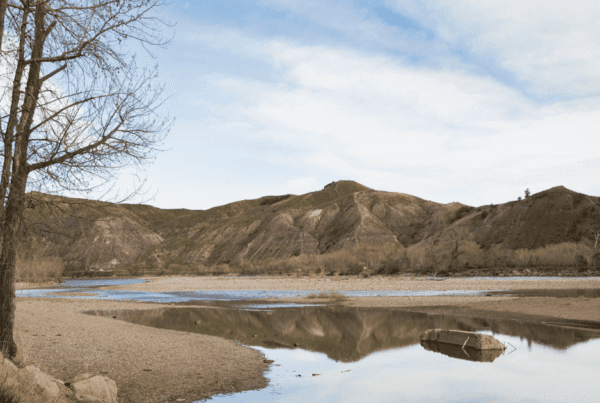In 1992, Walt Hollow, MD, a member of the Assiniboine and Sioux tribes and the first Native American graduate from UW School of Medicine, established the Indian Health Pathway.
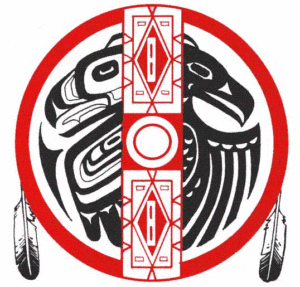
The Indian Health Pathway logo, created by local artist Roger Fernandez, Lower Elwha Tribe. Photo Courtesy of the Indian Health Pathway.
Housed in the UW Native American Center for Excellence — which was also established by Hollow — the Indian Health Pathway offered Native medical students a primer on Native health and ways to stay connected with their communities while attending UW School of Medicine.
Today, the program provides medical school curriculum on culturally humble care to both Native and non-Native students. As the School’s longest running underserved pathway, the Indian Health Pathway is preparing physicians to better serve American Indian and Alaska Native communities.
A curriculum of care
The Indian Health Pathway aims to educate providers on healthcare inequities seen in Native communities and trains them to serve in both urban and reservation-based practices.
The program works with a tribal liaison, Millie Kennedy, Tsimshian, who helped to start the Native American Center of Excellence in 1993. Kennedy furthers community engagement and needs assessment, recruitment of Native students across Washington, Wyoming, Alaska, Montana and Idaho (WWAMI), and supports and mentors premed students.
During their time in the program, students complete educational courses, community engagement projects and a primary care clerkship in Native health, as well as a unique four-week rotation working with traditional healers or elders.
“What I want students to get from the Traditional Indian Medicine rotation is that traditional medicines have been used in this country continually, and they informed many modern Western practices,” says Jason Deen, MD, FAAP, Blackfeet, director of the Indian Health Pathway.
Students have the opportunity to gain experience in a range of practices, including in traditional clinics, sweat lodge ceremonies, traditional gardens and spiritual healing assessments. Deen notes it’s important for students to work closely with Native healers, as different tribes and individuals practice a wide variety of healing methods.
“I want the learners to recognize many Native patients and families use traditional ways as a part of their care,” Deen says. “We give students tools to ask about a spiritual assessment so they can get a complete story of a person. It’s part of that culturally humble approach we want our students to learn.”
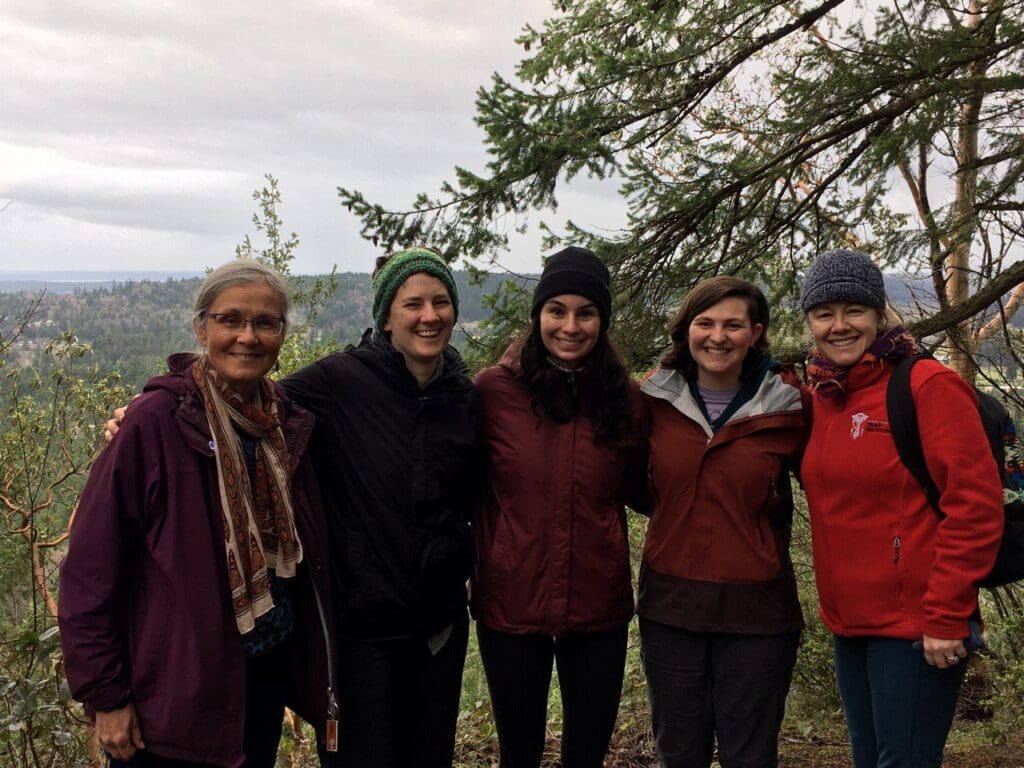
Students hike to learn about area history and native plants. Photo Courtesy of the Indian Health Pathway. (Image taken before the COVID-19 pandemic.)
From pathway to practice
Whether students go into primary care or another specialty, the Indian Health Pathway prepares them to help Native patients in their future work as practitioners.
“We try to keep the Indian Health Pathway broad enough and introduce health issues that learners will experience as they encounter Native patients throughout WWAMI,” Deen says.
The pathway has the largest cohort of Native students to date in this year’s class, and the UW School of Medicine is among the major universities in the nation with the most Native faculty. More than 100 students have graduated from the Indian Health Pathway, and the program is continuing to grow.
“There’s always a strong interest from both Native and non-Native students,” Deen says. “Especially because Native health issues come up all over the WWAMI region, students want to learn how they can help.”
Opening photo caption: Group photo at the Association American of Indian Physicians 2019 conference in Chicago. Photo Courtesy of the Indian Health Pathway.
